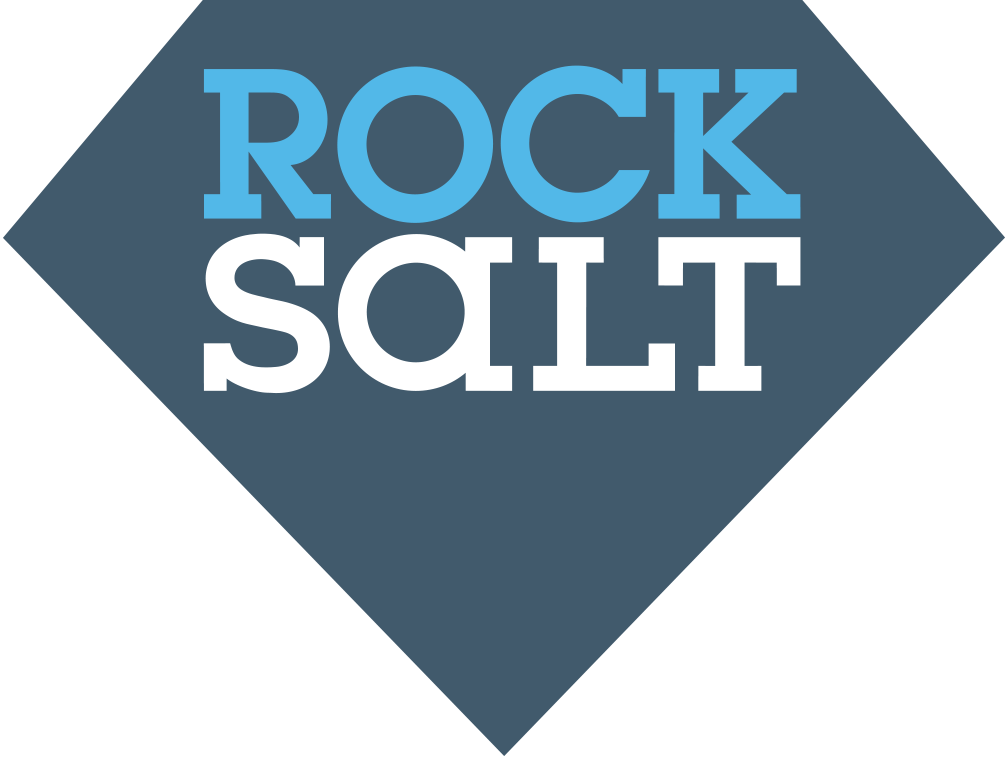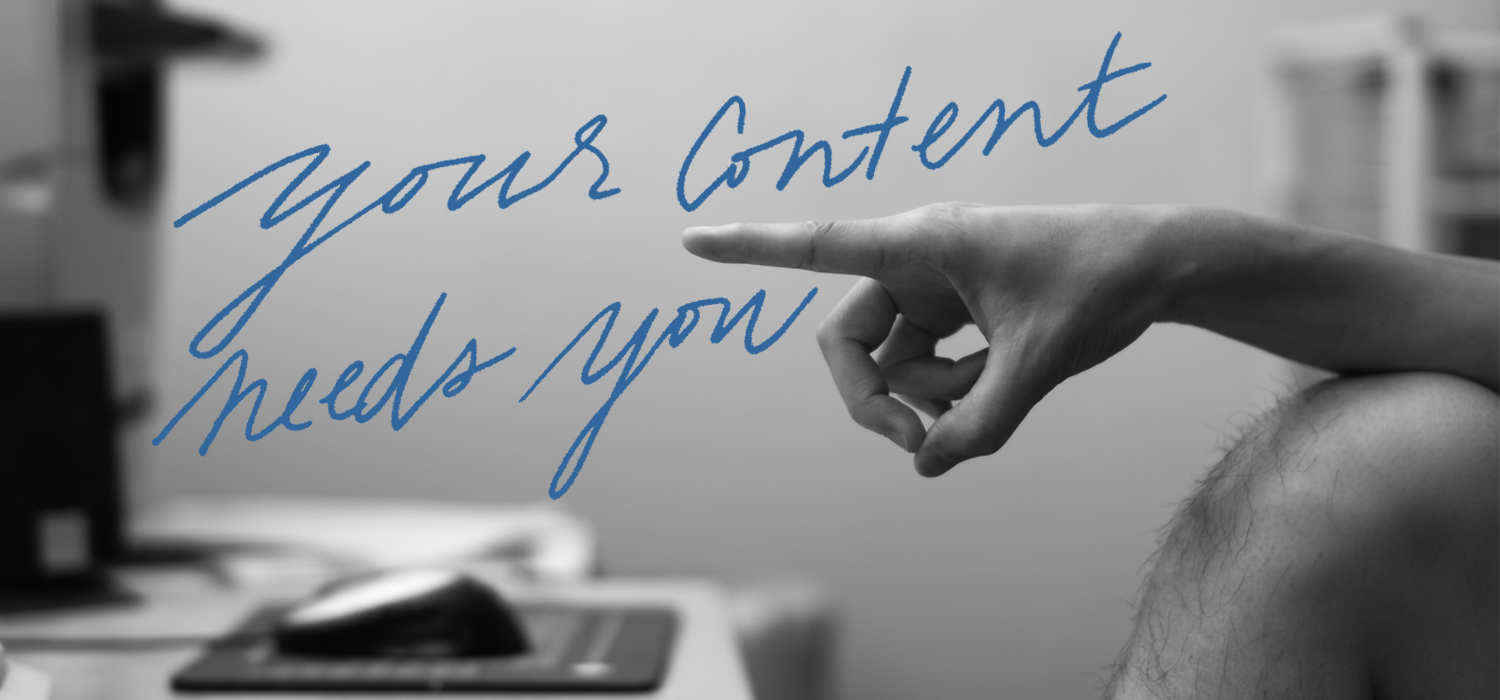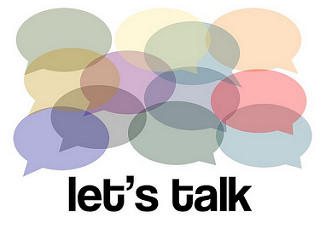“Remember, a website isn’t just a container for information. It’s a valuable marketing tool, and often, the customer’s first point of contact with your business.”
It’s easy to view web content writing as the last stage of your journey; once the design and coding is complete, all that’s left to do is populate your site with words to sell your wares. But there’s substantially more to it than that. Communicating with your customers effectively is the cornerstone of any business, and content can only perform that task well if it’s considered as part of your website design.
To illuminate this, we spoke to Helder Miguel, CEO of Cubic Street, and a client of Rocksalt Copy Creatives. Helder has been working on his website for close to two years from concept to final production, and we asked him to discuss what he found difficult, what he learned, and how we assisted him.
Building a corporate website from scratch
“I was working with lots of different-skilled people, and they all had different, very specific skills…the challenge for me was not knowing what order to put them in.”
Helder’s first challenge with his website build was to work out the starting point. Building a business website from scratch is no easy feat and generally requires the work of multiple professionals.
Initially, Helder saw content as one of the last pieces of the puzzle, but soon discovered that content would inform the entire design process. Content is not just about words, it is about communication, and a crucial part of that is identifying your audience and crafting your content and design to appeal to it.
“In the design phase, the first thing I would definitely do is really, really understand who your target audience is. It almost sounds like a marketing exercise — it is a marketing exercise.
[Users who visit your site] just don’t go to the trouble of reading…and going: “Oh, I can see what that [product] does, and I can see how that will help me”. You have to tell them straightaway how that’s going to help them. Therefore you need that strong positioning, which also means that you change the way the structure works on your site.”
Think about content first
This is why content is so important from the start, even if it’s only the roughest outline. By knowing what you want to say and how you want to say it, it’s much easier to tailor the design of your website to getting that message across. This can also help ensure a cohesive narrative for your site. Web writing is about creating a story that takes the reader on a journey of your making, and you don’t want them confused, frustrated or lost, especially without a way back.
Functionality is an important part in creating this journey, but knowing your audience also affects how it’s implemented and how your content describes your site.
“So a very young person will interact with the site in a kind of playful way — buttons need to be here or there or whatever, whereas if you’re targeting, like we are, a more business market — more experienced: age-wise, a little bit older on the scale — those people have a different expectation of how a site should work.”
“It’s important, I think, where possible, to build the content upfront, even if it’s not the final version, but it’s a really robust version that tells a story, because that helps a lot of other people…it even helps the designer pick the colours and the pictures.”
Content can also be a useful guide to others working on the site — coders and designers for instance — when they are considering how the site should look and function.
By having a strong idea of what your content will be, what sort of audience it will appeal to, and the general tone of your site, it is much easier to create a focused, compelling site, and ensure that all your hard work will pay off.
How a copywriting agency can help
“It was really nice to work with you because you didn’t tear it apart or tell me you needed to restart everything. You took what I wrote, understood it, and I think you were fair in the evaluation...just that little bit of change was really valuable.”
We worked with Helder on his content, taking what he already had, and then tailoring it to his specifications and his market. At Rocksalt Copy Creatives, we understand the importance of language and its nuance, and how to get the most out of your content.
The small changes we made to the Cubic Street content are part of what we do at Rocksalt. Working from Helder’s existing content, we fine-tuned his message to ensure it would reach his intended audience, deconstructing his language and identifying the key messages that needed to come across.
“Because you took the time to understand what I was trying to sell — really trying to sell what I was trying to sell — that for me was very interesting, very valuable…there was a lot of positivity that went into it which was very good.”
While it can be tempting to leave content creation until the end of your website design process, it can mean a lot more work later. By having a concrete understanding of your message and how you want it to be delivered, layout and design decisions can be much more focused on reaching your audience. Remember, a website isn’t just a container for information. It’s a valuable marketing tool, and often, the customer’s first point of contact with your business.
“My ideal in the future is…[to] work with [copywriters]...because we’ve built a relationship now, I can just say, ‘Look, I’m about to develop this new assessment; this is the key message.’ You will probably ask me questions that make me think, and then you can take the whole thing away and write it for me.”
The best advice for considering web content
For the future, Helder recommends a 70/30 approach; that is, try and have 70% of your content ready, even if only in draft form, and leave the final 30% until the end — when you can be sure that everything works together. This will not only clarify the vision for your website and establish your tone and target audience early on, but also give everyone working on the site a better idea of where you’re going, which can help immensely with difficult design choices. Having a copywriting agency take care of this content for you is the simplest and most effective option, but Helder also has advice for those on a budget.
“I’d say, write 40% of your content yourself — even if it’s rough, then go to the copywriters and get them to add another 30% so you’re at 70%. Leave the “magic” to the end.”


































